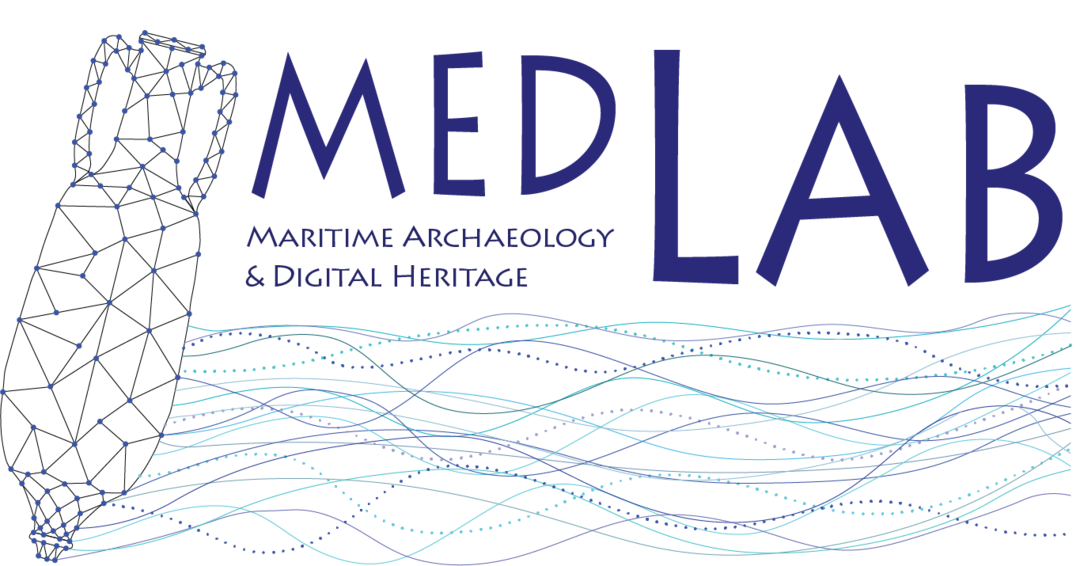Modeling Connectivity

Archaeologists employ a rather restricted set of tools and concepts for modeling and understanding how humans interact with the environment and each other for movement, communication, and trade, especially at sea but also in coastal and island settings. Lab projects explore dynamic formal tools for modeling that account for seafaring and harbor technologies, navigational practices, transportation infrastructures, production systems, economic institutions, and social networks, while seeking also to broaden and diversify the underlying theoretical lenses through which the social worlds and experiences of mobilities are viewed and represented by scholars studying the past. These goals are currently being pursued through collaborative initiatives across Stanford’s schools and beyond, including the recent co-organized Computational Archaeology and Seafaring Theory workshop held at the Archaeology Center in December 2022.






